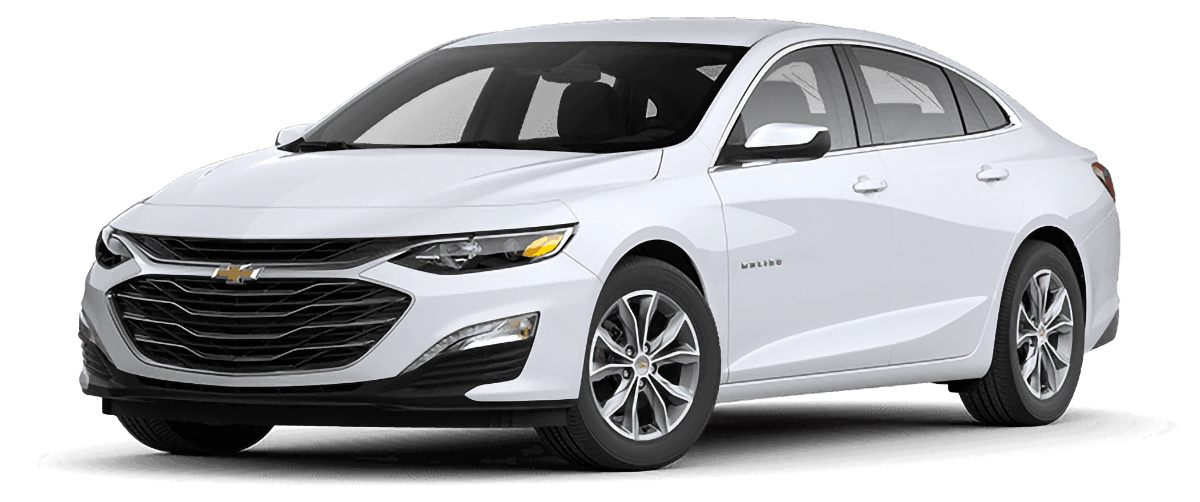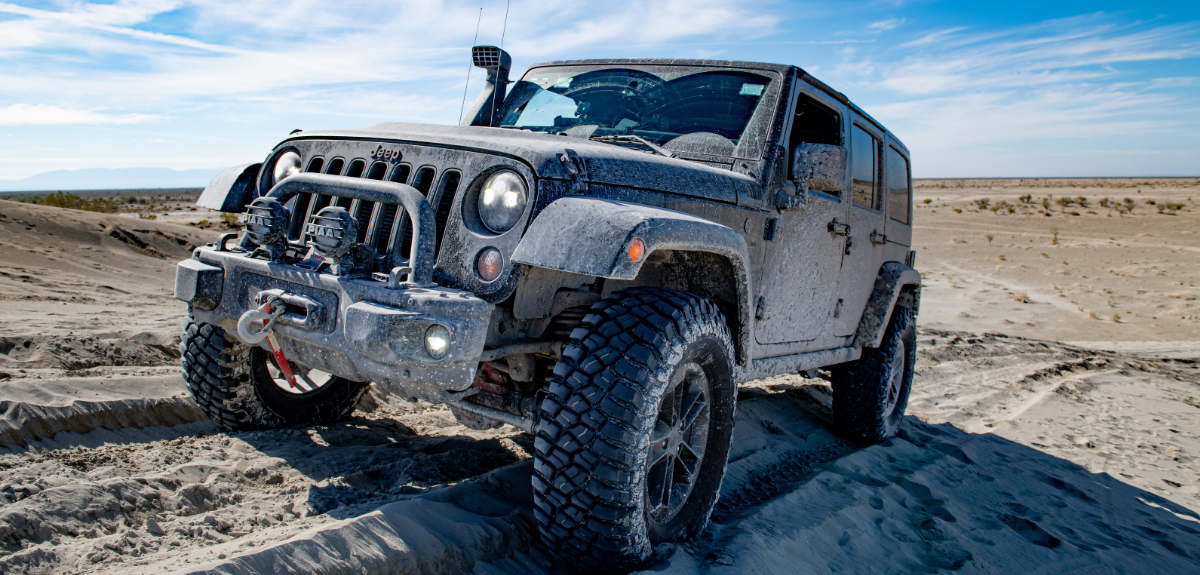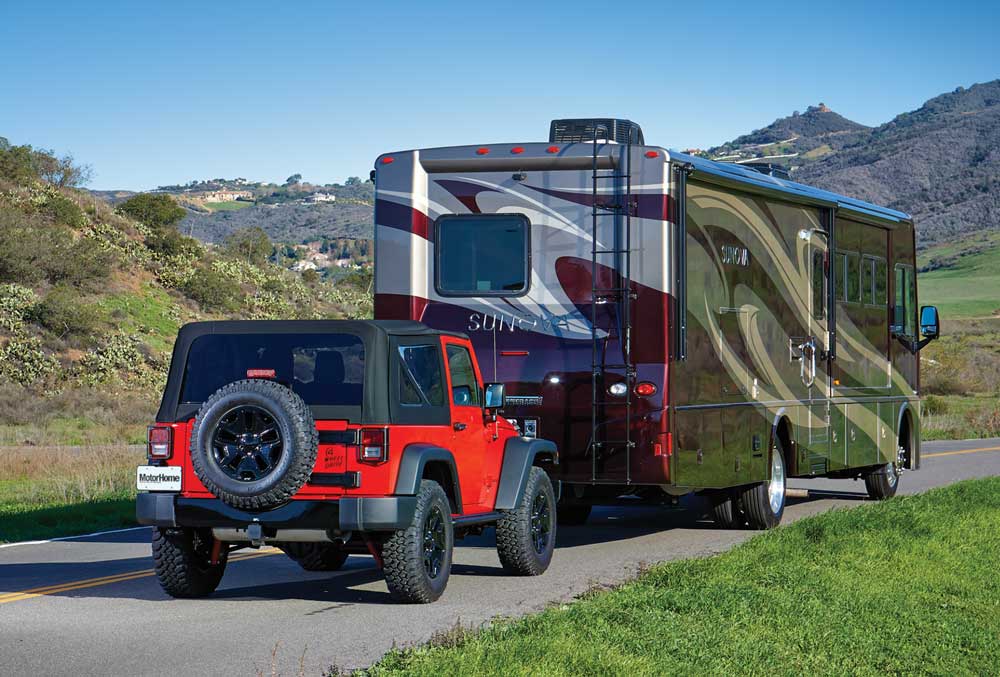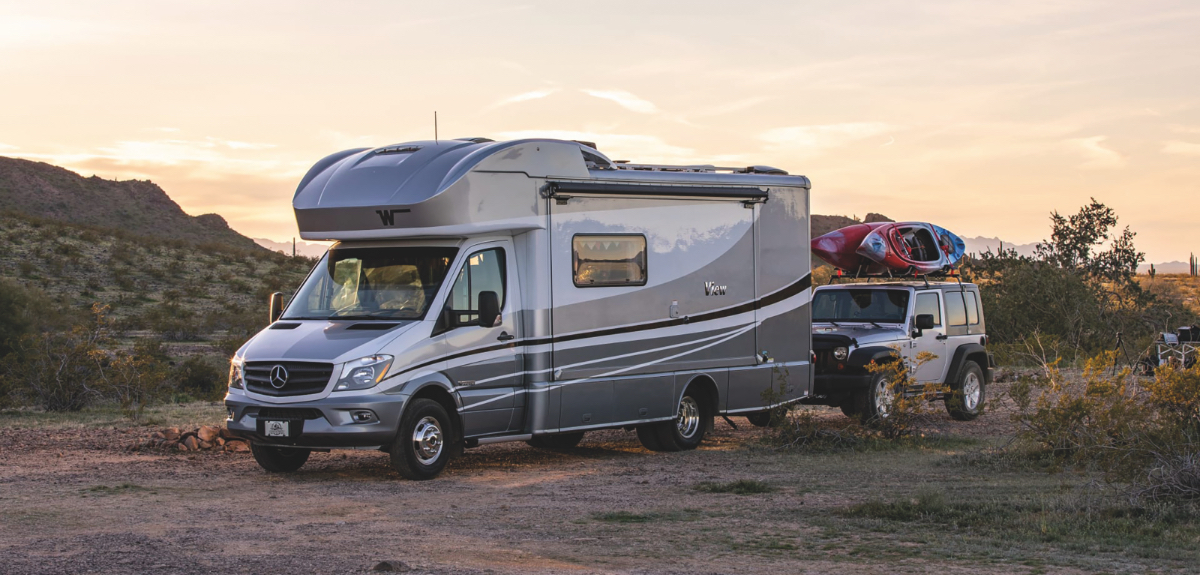The Best Dinghy Vehicles to Tow Behind an RV
What are the best cars, trucks and SUVs to flat tow behind your motorhome?
Image Caption:
There’s no question that Class A and Class C motorhomes are some of the best RVs on the road, blending comfort, luxury, and convenience into one package. But those same coaches can often be big and ponderous to drive, not to mention nearly impossible to park in some places. It’s because of this that you often see RVers towing a smaller vehicle behind their rig, giving them another option for running errands and exploring a destination. But not every car, truck, or SUV is suitable for use in this way, begging the question: Which dinghy vehicles are best to tow behind an RV? As it turns out, the answer to that question isn’t as easy as you might think. Read on to find out more.
What is a Dinghy Vehicle?
The term “dinghy vehicle” traces its roots to the nautical world, where a dinghy is a small boat that is towed behind a larger vessel. In this case, the dinghy is used to transfer crew and passengers from a larger ship to shore and to ferry supplies back in fourth. In the RV space, the word has a similar meaning and is used to describe a smaller vehicle that is towed behind a motorhome. And like the boat from which it derives its name, it is used to transport RV owners around when driving a large coach becomes increasingly impractical.
In addition to being called dinghies, these vehicles are also often referred to as a “toad.” This slang term is a reference to the fact that the car, truck, or SUV is towed behind the RV. In this case, “dinghy” and “toad” are interchangeable in the RV lexicon.
Can Any Vehicle be Used as a Dinghy?
So, can any car, truck, or SUV be used as a dinghy vehicle? The short answer is yes, but how you tow said vehicle can get complicated. The easiest way to bring a dinghy with you on your RV travels is to flat tow it behind your motorhome. The problem is, many vehicles don’t support flat towing due to incompatibilities in their transmissions. In order to safely tow a car, truck, or SUV, it must be placed in the “neutral” gear, which is not possible on many modern vehicles without a manual transmission. The fact is, most cars with a manual transmission can be safely flat towed, it’s just that consumers and manufacturers have moved away from those style of vehicles in recent years. That said, there are still plenty of models to choose from. See our list below.
If a vehicle can’t be flat towed, there are two other options to consider. Dolly towing is an option for most front-wheel drive cars but requires the use of a piece of equipment—called a dolly—that connects to a hitch or hitch receiver on your RV. Alternatively, any vehicle can be towed on a trailer, although that comes with the downside of the trailer adding additional weight to the process.
On the subject of weight, all motorhomes have a towing capacity, which indicates exactly how much weight is safe to tow behind the RV. Most cars, trucks, and SUVs will fall well under that number, but as noted above, adding a trailer further cuts into that capacity. Also, the heavier the dinghy vehicle, the greater the impact on fuel efficiency. In other words, your coach will get better gas mileage if you’re towing a light car as compared to a heavy truck or SUV. Keep that in mind when selecting the toad that’s right for you.

Which Dinghy Vehicles Can be Flat Towed?
Even though the number of vehicles that can be flat towed is relatively small, there are still plenty of options to choose from. A word of caution, however, be sure to check the owner’s manual for proper instructions before setting out. While these cars, trucks, and SUVs are rated to be flat towed, the manufacturer may have very specific instructions on how to do that without damaging the transmission and voiding the warranty.
Here are some popular dinghy vehicles for flat towing:

Photo Credit: Chevrolet
Cars
Chevrolet Malibu, Chevrolet Sonic, Chevrolet Spark, Ford Fiesta, Ford Focus, Honda Fit, Kia Soul, Mini Cooper, Nissan Versa, Toyota Yaris

Photo Credit: Ford
Trucks
Chevrolet Silverado 1500, Chevrolet Colorado, Ford F-150, Ford Maverick, Ford Ranger, GMC Sierra 1500, GMC Sierra Canyon, Jeep Gladiator, RAM 1500

Photo Credit: Monica Garza Maldonado/Getty
SUVs and Crossovers
Buick Envision, Buick Enclave, Cadillac Escalde, Cadillac SRX, Chevrolet, Blazer, Chevrolet Equinox, Chevrolet Suburban, Chevrolet Tahoe, Chevrolet Traverse, Dodge Durango, Ford Bronco, Ford Bronco Sport, Ford Edge, Ford Escape, Ford Expedition, GMC Acadia, GMC Terrain, GMC Yukon, Honda CR-V, Jeep Grand Cherokee, Jeep Liberty, Jeep Wrangler, Lincoln MKX, Lincoln Navigator.
A Note on Electric Vehicles
While some EV manufacturers are working on options to make their vehicles flat towable, there are no electric cars, trucks, or SUVs that are safe to tow this way as of this writing. Doing so could—and most likely will—result in serious damage to the vehicle, so avoid doing so at all costs.
This list is by no means fully comprehensive, with some older models of other cars, trucks, and SUVs possibly being eligible for flat towing. As always, check the manufacturer’s recommendations for a specific model and year, as this can be subject to change as new designs, engines, and transmissions come and go.
That’s the current low-down on dinghy vehicles and which ones are the best for towing behind your RV. We’ll try to update this article moving forward as new models potentially join the list. And for further information regarding dinghy towing, check out some of our other articles here at RV.com.

Kraig Becker is a writer in the RV, outdoors, and adventure travel space. Over the course of his career he has contributed to such outlets as Popular Mechanics, Outside Online, Business Insider, TripSavvy, Digital Trends, GearJunkie, The Adventure Blog, and countless others. An avid runner and cyclist, he enjoys camping, hiking, mountain biking, kayaking, and just about any other outdoor activity. His travels have taken him to seven continents and on many amazing adventures.






